Home>Furniture & Design>Outdoor Furniture>How To Plant Outdoor Plants In Pots
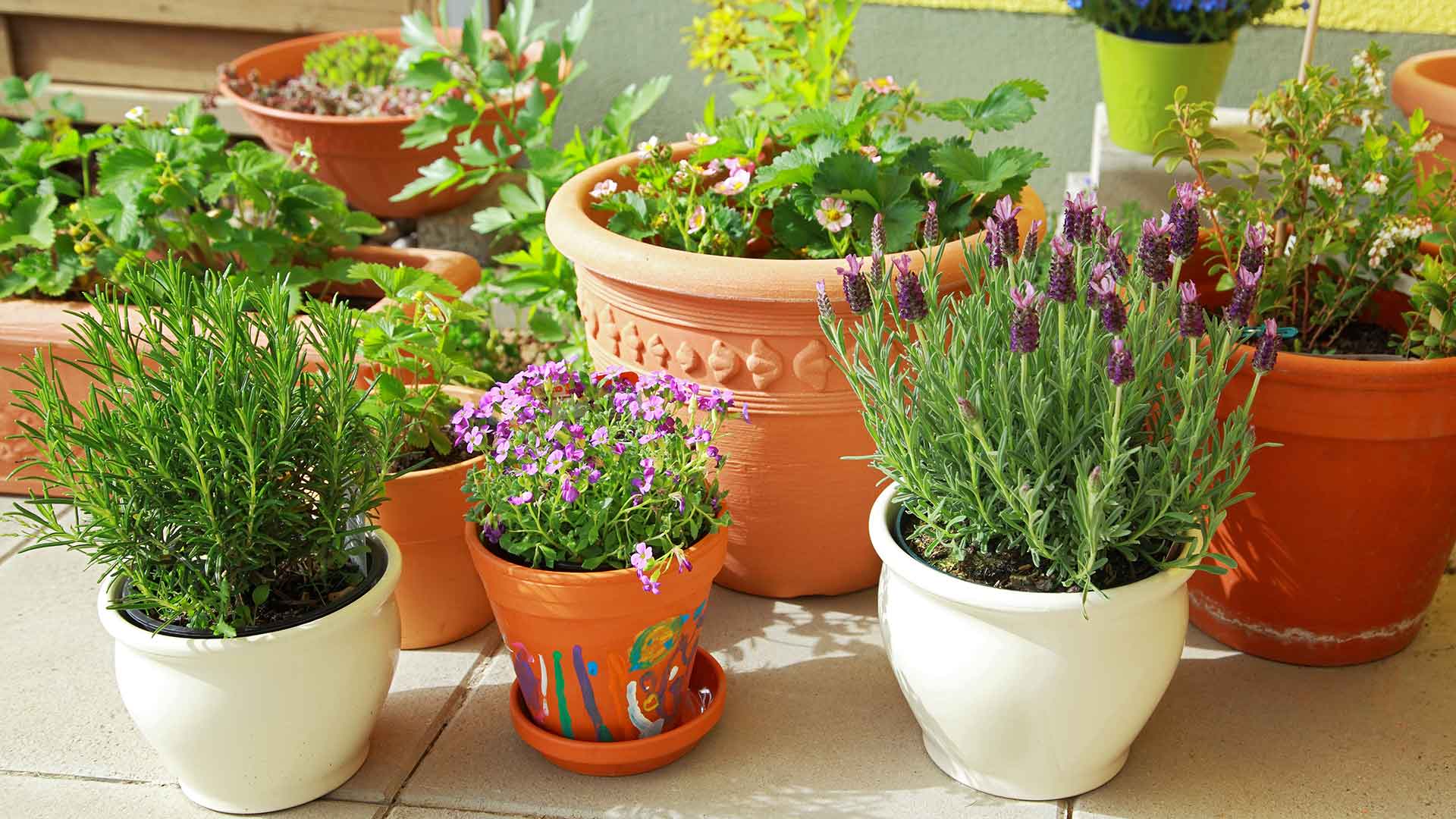

Outdoor Furniture
How To Plant Outdoor Plants In Pots
Modified: October 20, 2024
Discover expert tips for planting outdoor plants in pots and elevate your outdoor space with our stylish outdoor furniture and design ideas. Explore the best practices for creating a stunning outdoor oasis.
(Many of the links in this article redirect to a specific reviewed product. Your purchase of these products through affiliate links helps to generate commission for Storables.com, at no extra cost. Learn more)
Introduction
When it comes to adding a touch of natural beauty to outdoor spaces, planting outdoor plants in pots is a fantastic option. Whether you have a spacious garden, a cozy balcony, or a small patio, potted plants can transform any area into a vibrant and inviting oasis. The versatility of potted plants allows for endless creativity in design and arrangement, making them a popular choice for both seasoned gardeners and beginners.
In this comprehensive guide, we will explore the essential steps and considerations for successfully planting and caring for outdoor plants in pots. From choosing the right pots and selecting suitable plants to the actual planting process and ongoing maintenance, we will cover everything you need to know to create stunning potted displays that thrive in various outdoor environments.
So, let's roll up our sleeves and embark on this exciting journey of bringing the beauty of nature right to your doorstep through the art of planting outdoor plants in pots!
Key Takeaways:
- Bring the beauty of nature to your outdoor space by planting outdoor plants in pots. Choose the right pots and plants, and provide ongoing care to create a vibrant and inviting potted garden.
- Select pots with proper drainage and suitable plants for your outdoor space. Prepare the pots, plant the outdoor plants, and care for them to create a thriving and visually captivating potted garden.
Read more: How To Pot Artificial Plants Outdoor
Choosing the Right Pot
When it comes to planting outdoor plants in pots, selecting the right containers is crucial for the health and growth of your green companions. The pot you choose not only contributes to the visual appeal of your outdoor space but also plays a significant role in providing the ideal environment for plant roots to thrive.
Here are essential factors to consider when choosing the right pots for your outdoor plants:
- Size: The size of the pot is a critical consideration. It should provide ample space for the plant’s roots to spread out and establish a healthy root system. Additionally, the pot’s size should be proportionate to the plant’s size, ensuring that it has room to grow without becoming root-bound.
- Drainage: Proper drainage is essential to prevent waterlogged soil, which can lead to root rot and other issues. Look for pots with drainage holes at the bottom to allow excess water to escape, promoting a well-aerated and healthy root system.
- Material: Pots are available in various materials, including terracotta, plastic, ceramic, and wood. Each material has its advantages and considerations. Terracotta pots, for instance, are porous and allow for air exchange, while plastic pots are lightweight and retain moisture well. Consider the specific needs of your plants and the environmental conditions of your outdoor space when selecting the pot material.
- Style and Aesthetics: The visual impact of the pots should complement the overall design of your outdoor space. Consider the style, color, and texture of the pots to create a cohesive and visually appealing arrangement.
By carefully considering these factors, you can select pots that provide the optimal growing conditions for your outdoor plants, setting the stage for a thriving and visually captivating potted garden.
Selecting the Right Plants
Choosing the perfect plants for your outdoor potted garden is an exciting opportunity to showcase your personal style and create a stunning natural display. When selecting plants for outdoor pots, it’s essential to consider the specific environmental conditions of your outdoor space, including sunlight exposure, climate, and available space. Here are some key considerations for selecting the right plants:
- Sunlight Requirements: Assess the amount of sunlight your outdoor space receives throughout the day. Some plants thrive in full sun, while others prefer partial or full shade. Select plants that are well-suited to the light conditions of your chosen location.
- Climate Compatibility: Consider the climate in your region and choose plants that are suitable for the prevailing temperatures and weather patterns. Some plants are more tolerant of heat, while others can withstand cooler temperatures and even frost.
- Size and Growth Habit: Take into account the mature size and growth habits of the plants you intend to grow in pots. Ensure that the chosen plants are proportionate to the size of the pots and will not outgrow their designated space.
- Watering Needs: Different plants have varying water requirements. Some thrive in consistently moist soil, while others prefer drier conditions. Select plants with compatible watering needs to simplify maintenance and ensure the overall health of your potted garden.
- Seasonal Interest: Consider incorporating a mix of plants that offer seasonal interest, such as flowering annuals, evergreen foliage, or plants with vibrant fall colors. This diversity can create a dynamic and visually appealing display throughout the year.
Additionally, consider incorporating a variety of plant shapes, textures, and colors to create a visually engaging composition within your potted garden. By carefully selecting plants that align with the specific conditions of your outdoor space and complement each other aesthetically, you can create a harmonious and thriving potted garden that brings joy and natural beauty to your outdoor environment.
Preparing the Pot
Before planting your chosen outdoor plants, it’s essential to prepare the pots to create an optimal environment for healthy growth. Proper preparation sets the stage for successful plant establishment and ensures that your potted garden flourishes. Here are the key steps to prepare the pots for planting:
- Clean the Pot: If you are reusing pots from previous plantings, thoroughly clean them to remove any debris, mineral deposits, or remnants of old soil. Use a mixture of mild soap and water to wash the pots, and rinse them thoroughly before allowing them to dry completely.
- Inspect Drainage Holes: Check the drainage holes at the bottom of the pots to ensure they are clear and free from blockages. Use a small tool or brush to remove any obstructions that could impede proper water drainage.
- Provide Adequate Drainage Material: Place a layer of small stones, broken pottery shards, or a commercial potting mix specifically designed for drainage at the bottom of the pot. This layer helps prevent soil from clogging the drainage holes while allowing excess water to escape freely.
- Choose the Right Potting Mix: Select a high-quality potting mix that is suitable for the types of plants you will be growing. Consider factors such as moisture retention, aeration, and nutrient content when choosing the potting mix.
- Fill the Pot: Fill the pot with the potting mix, leaving sufficient space at the top to accommodate the root ball of the plant. Gently tap the pot on a flat surface to settle the soil and remove any air pockets.
By thoroughly preparing the pots before planting, you create an optimal growing environment that promotes healthy root development and overall plant vitality. Taking the time to ensure proper cleanliness, drainage, and soil quality sets the stage for a successful and flourishing potted garden.
When planting outdoor plants in pots, make sure the pots have drainage holes to prevent waterlogging. Use high-quality potting soil and choose plants that are suitable for the amount of sunlight and space available. Water the plants regularly and provide appropriate fertilizer for healthy growth.
Planting the Outdoor Plants
Now that the pots are prepared, it’s time to embark on the exciting process of planting your selected outdoor plants. Proper planting techniques are essential to ensure that the plants establish strong root systems and thrive in their new environment. Here’s a step-by-step guide to planting outdoor plants in pots:
- Prepare the Plant: Gently remove the plant from its nursery container, taking care to loosen the roots if they appear compacted. This encourages the roots to grow outward into the new potting mix.
- Position the Plant: Create a small indentation in the center of the potting mix in the prepared pot. Carefully position the plant in the indentation at the same depth it was previously growing, ensuring that the top of the root ball is level with the pot’s rim.
- Fill in with Potting Mix: Surround the root ball with additional potting mix, gently firming it around the base of the plant to provide stability. Leave a small gap between the soil surface and the rim of the pot to allow for proper watering.
- Water Thoroughly: After planting, thoroughly water the newly potted plant to settle the soil and ensure that the roots make good contact with the potting mix. Allow excess water to drain out of the bottom of the pot.
- Apply Mulch (Optional): Consider applying a thin layer of organic mulch, such as shredded bark or compost, around the base of the plant to help retain moisture and regulate soil temperature.
As you plant each outdoor plant, consider the overall design and arrangement of the potted garden, ensuring that the chosen plants complement each other and create a visually appealing display. By following these planting guidelines, you provide your outdoor plants with the best possible start, setting the stage for healthy growth and a thriving potted garden.
Read more: What Soil To Use For Outdoor Potted Plants
Caring for Outdoor Plants in Pots
Once your outdoor plants are snugly nestled in their pots, ongoing care is essential to ensure their continued health and vitality. Caring for potted plants involves regular maintenance, attentive observation, and timely interventions to address any issues that may arise. Here are key aspects of caring for outdoor plants in pots:
- Watering: Monitor the moisture levels in the pots and water the plants as needed. The frequency of watering depends on factors such as the plant species, pot size, environmental conditions, and seasonal variations. Avoid overwatering, which can lead to root rot, and ensure that the pots have proper drainage to prevent waterlogging.
- Fertilizing: Provide essential nutrients to your potted plants by fertilizing them according to their specific needs. Select a high-quality, balanced fertilizer and apply it as directed, taking into account the plant’s growth stage and seasonal requirements.
- Pruning and Deadheading: Regularly inspect your potted plants for any dead or faded flowers, yellowing leaves, or overgrown stems. Prune and deadhead as necessary to promote new growth, maintain a tidy appearance, and prevent the plants from becoming overcrowded.
- Monitoring for Pests and Diseases: Keep a watchful eye for signs of pests, such as aphids, mealybugs, or spider mites, as well as symptoms of diseases such as powdery mildew or leaf spot. Promptly address any pest or disease issues to prevent them from spreading to other plants.
- Seasonal Considerations: Adjust your care routine based on seasonal changes. In colder months, protect cold-sensitive plants from frost, and in hot weather, provide adequate shade and hydration to prevent heat stress.
- Rejuvenation and Repotting: Periodically assess the root health and overall vigor of your potted plants. When the plants outgrow their pots or exhibit declining growth, consider repotting them into larger containers with fresh potting mix to rejuvenate their growth.
By providing attentive care and addressing the specific needs of your outdoor plants, you can foster a thriving and visually captivating potted garden that enriches your outdoor space with natural beauty throughout the seasons.
Conclusion
Embarking on the journey of planting outdoor plants in pots opens up a world of creativity, natural beauty, and the joy of nurturing living green companions. From selecting the perfect pots and plants to the ongoing care and maintenance, each step contributes to the creation of a vibrant and inviting potted garden that enhances your outdoor environment.
As you immerse yourself in the art of potted gardening, remember that the process is not just about cultivating plants; it’s about cultivating a connection with nature and infusing your outdoor space with life and vitality. The act of tending to your potted plants can be a deeply rewarding and therapeutic experience, allowing you to witness the beauty of growth and the ever-changing tapestry of the natural world.
Through thoughtful consideration of factors such as pot selection, plant compatibility, and ongoing care, you can create a harmonious and flourishing potted garden that reflects your individual style and brings a sense of tranquility and rejuvenation to your outdoor sanctuary.
So, as you embark on your potted gardening endeavors, may each plant you nurture become a testament to your dedication and a source of inspiration, filling your outdoor space with the timeless allure of nature’s wonders.
With each season, may your potted garden evolve into a living masterpiece, weaving together the elements of color, fragrance, and texture to create an ever-changing symphony of natural splendor.
Embrace the art of planting outdoor plants in pots, and let the beauty of nature flourish in every corner of your outdoor oasis.
Frequently Asked Questions about How To Plant Outdoor Plants In Pots
Was this page helpful?
At Storables.com, we guarantee accurate and reliable information. Our content, validated by Expert Board Contributors, is crafted following stringent Editorial Policies. We're committed to providing you with well-researched, expert-backed insights for all your informational needs.
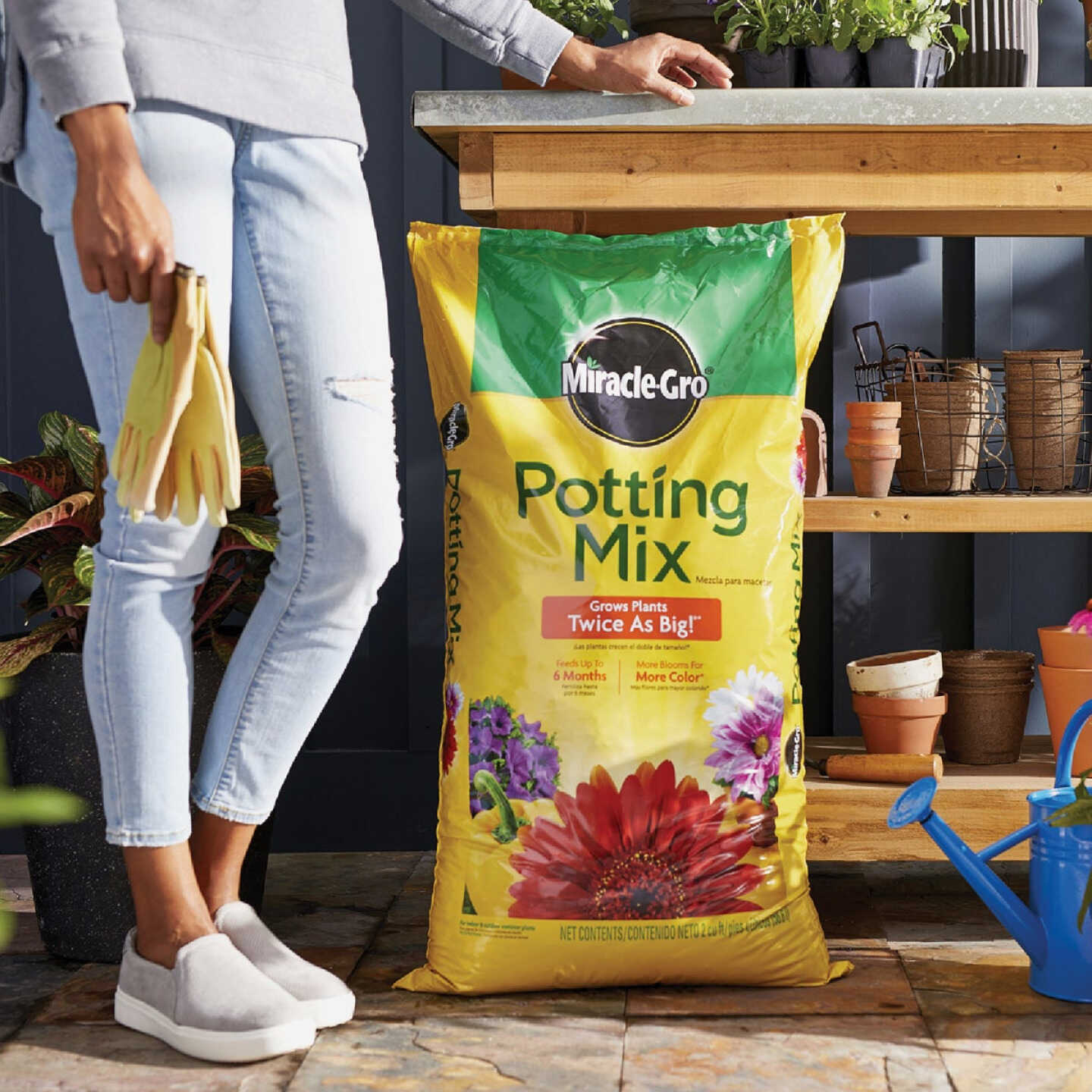
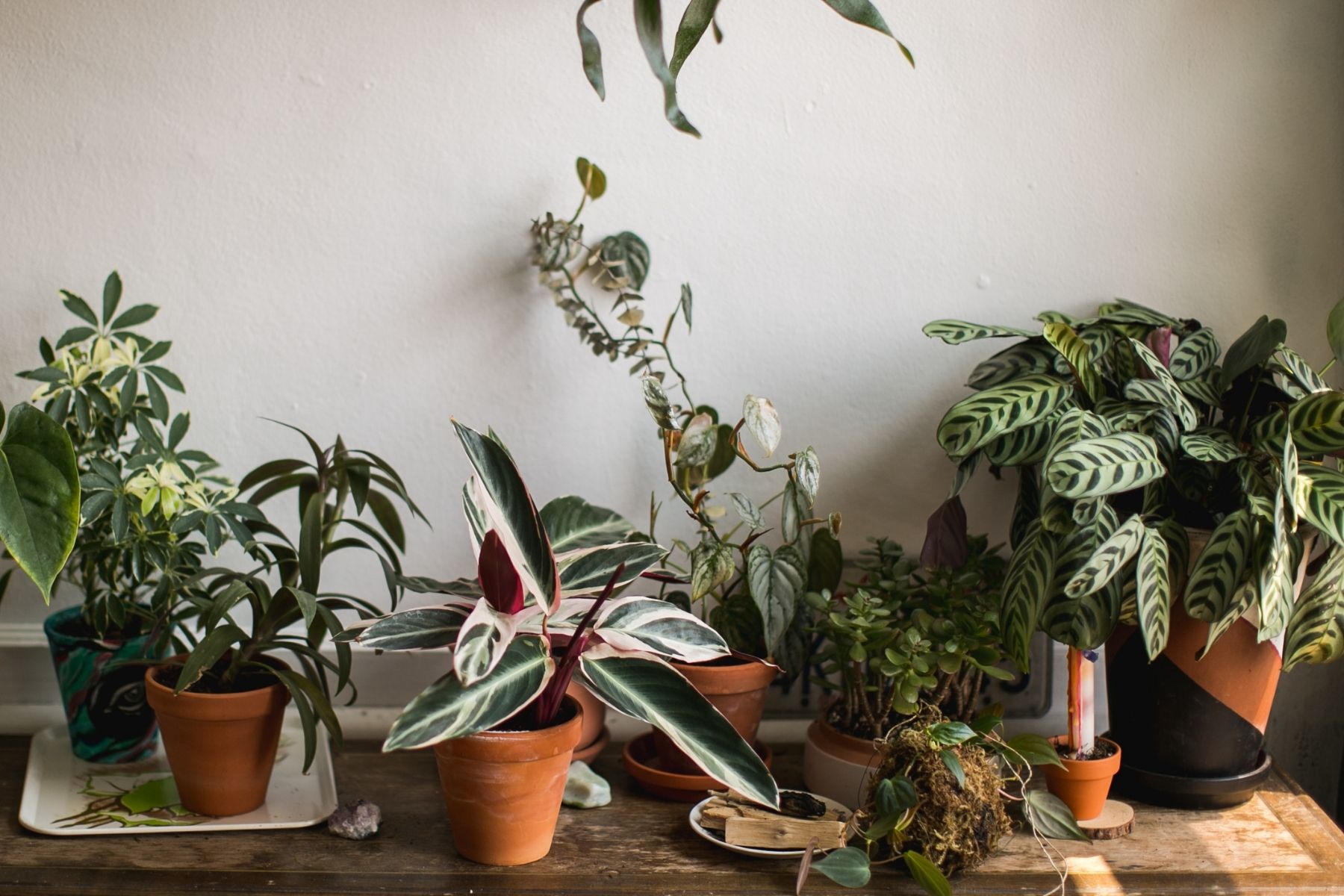
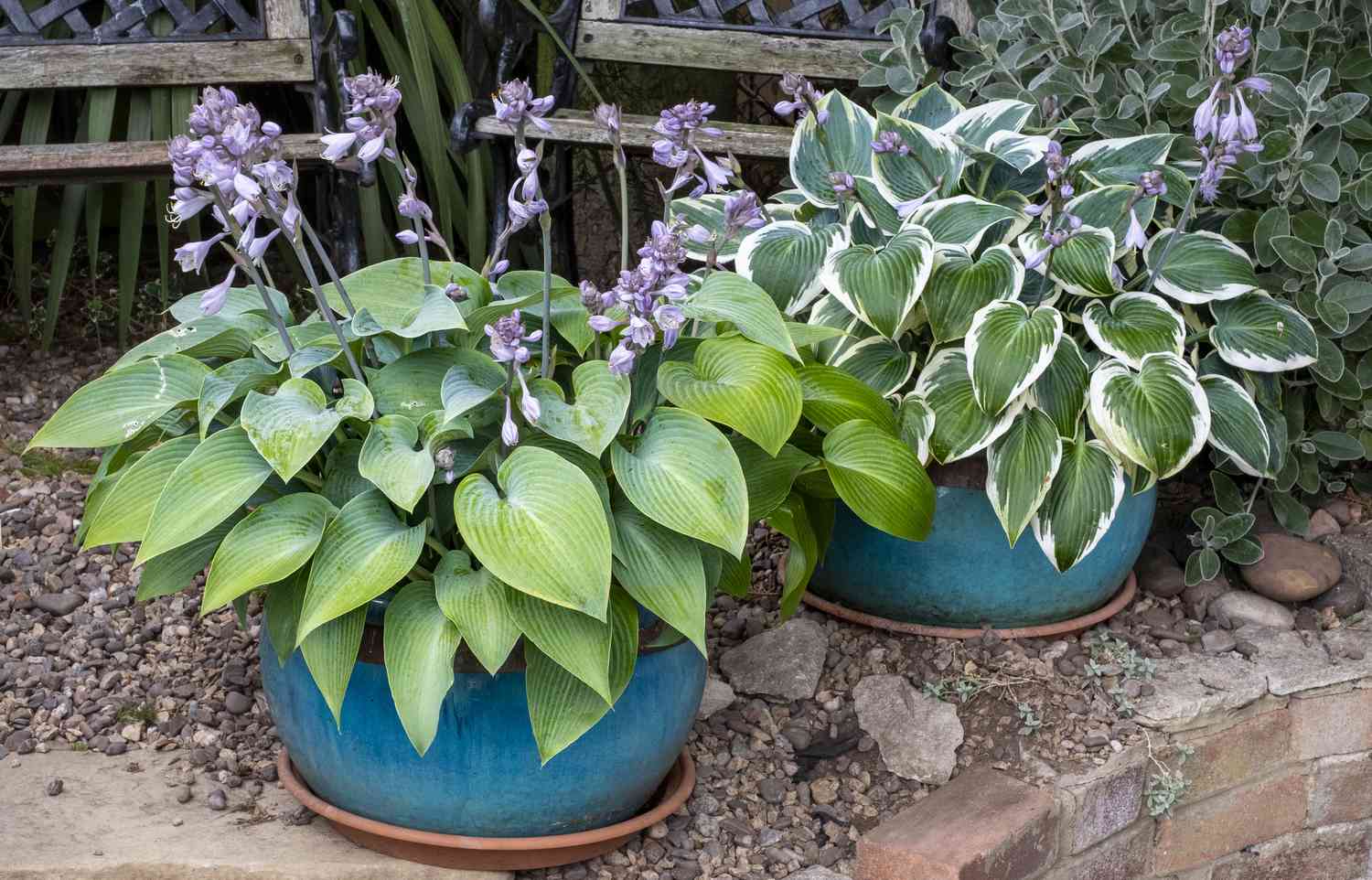
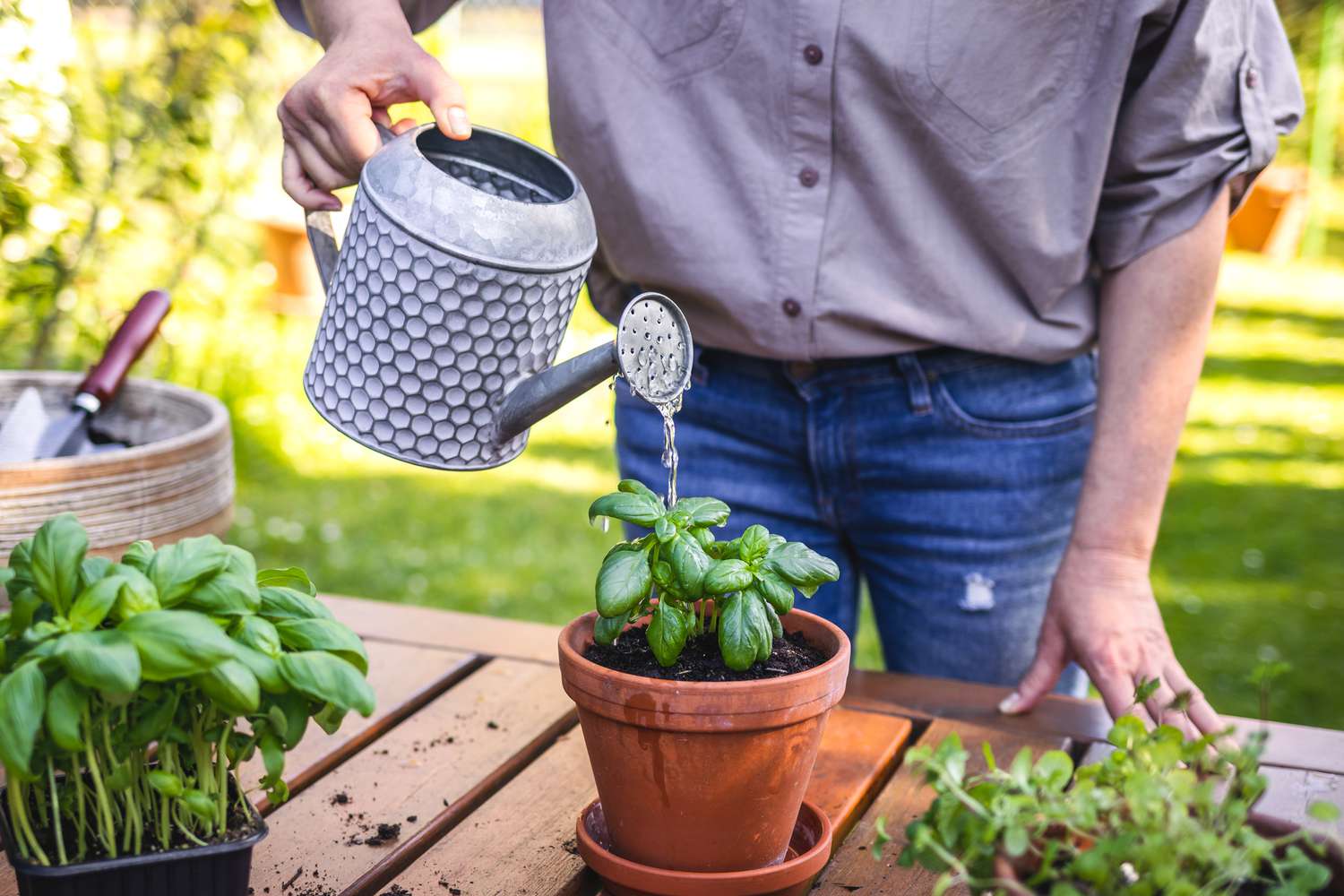
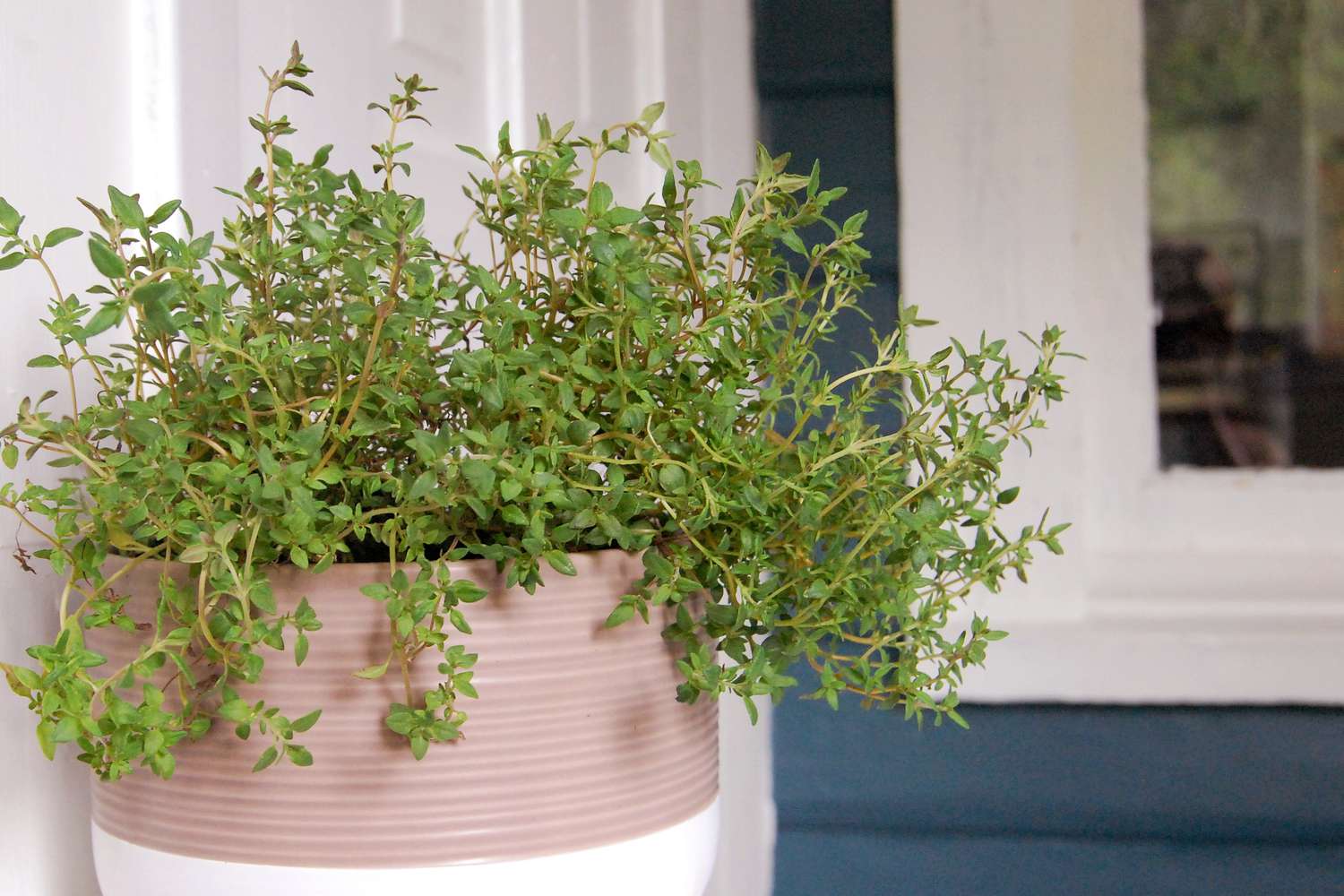
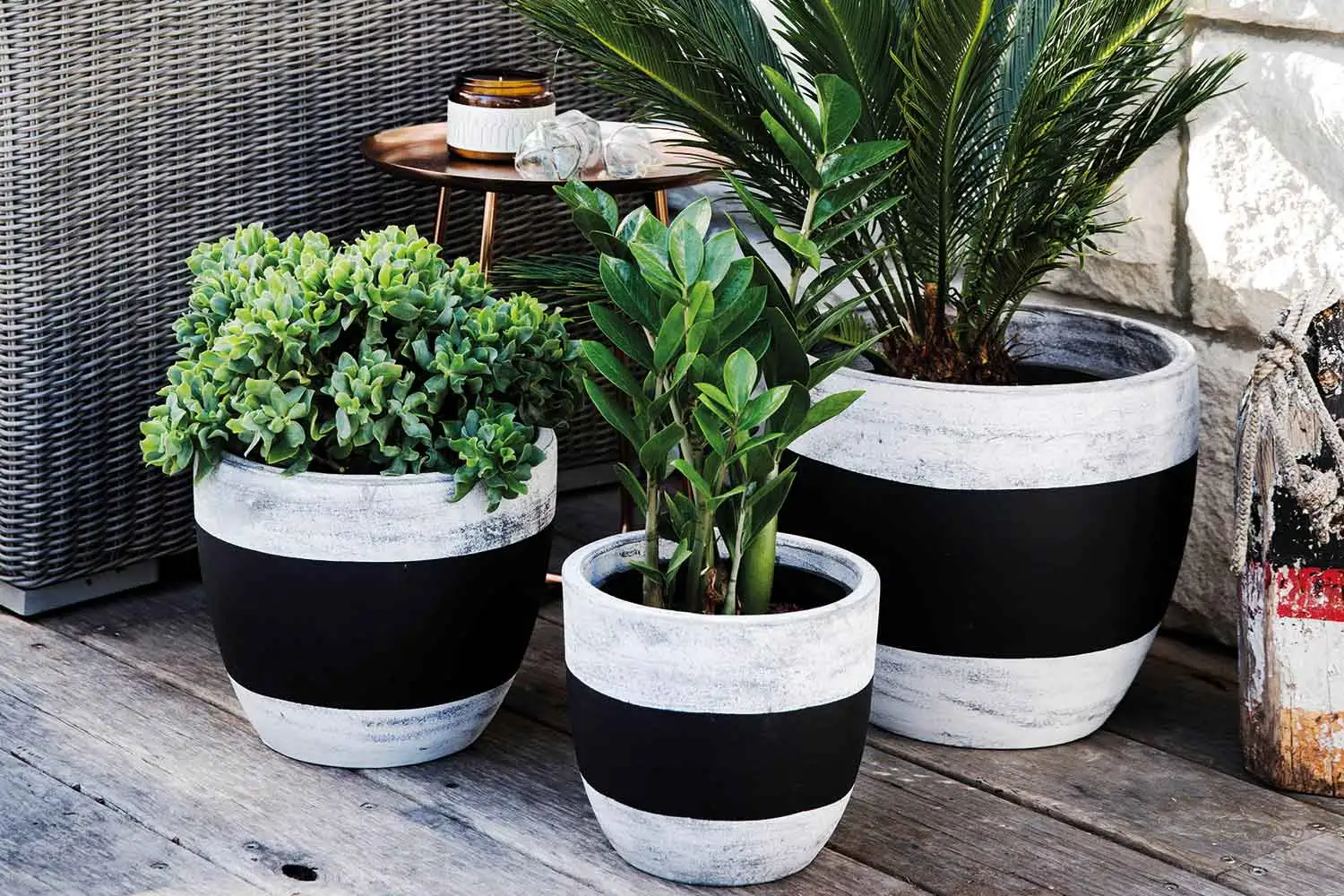
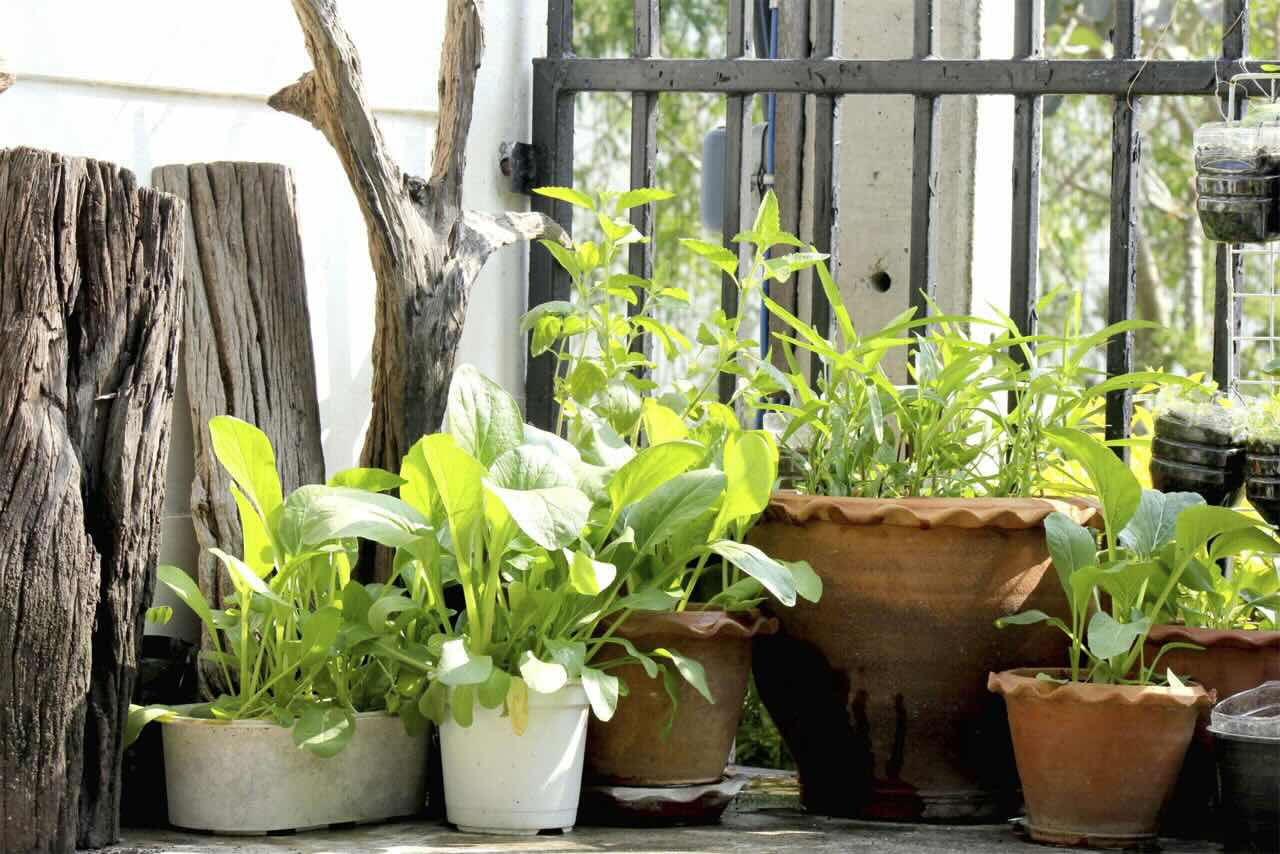
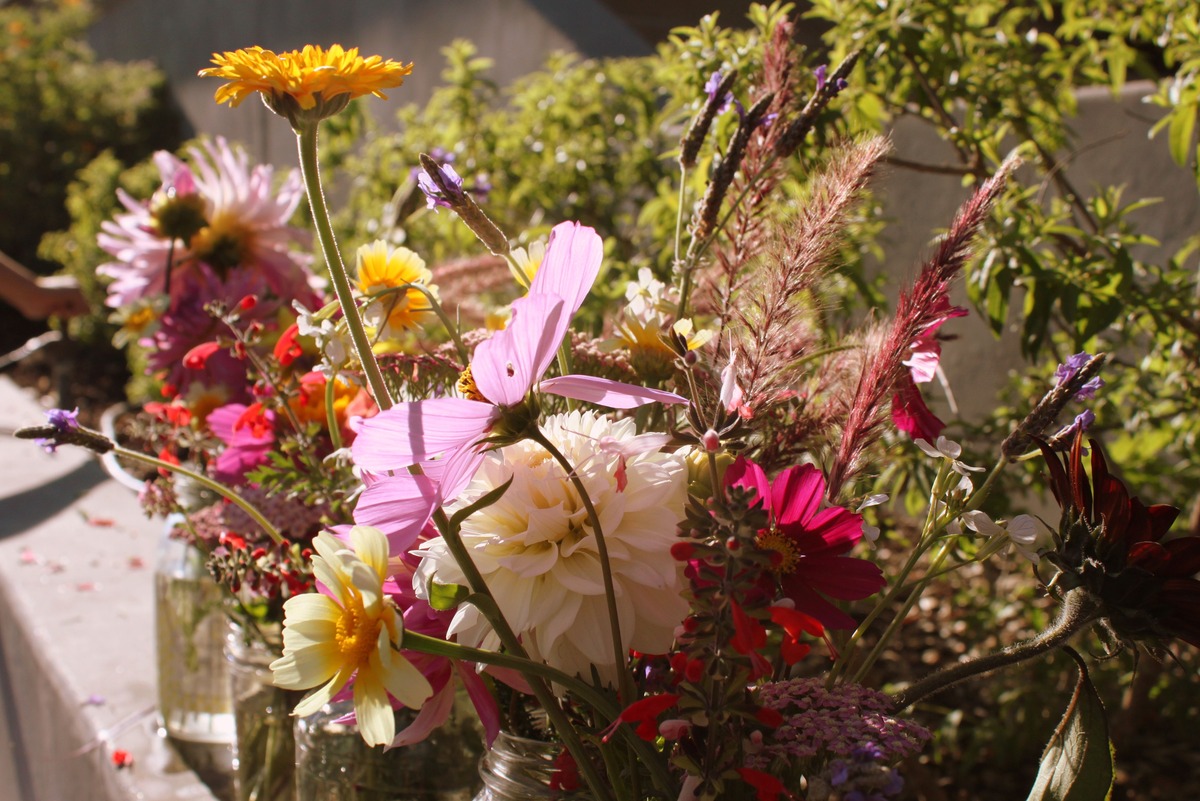
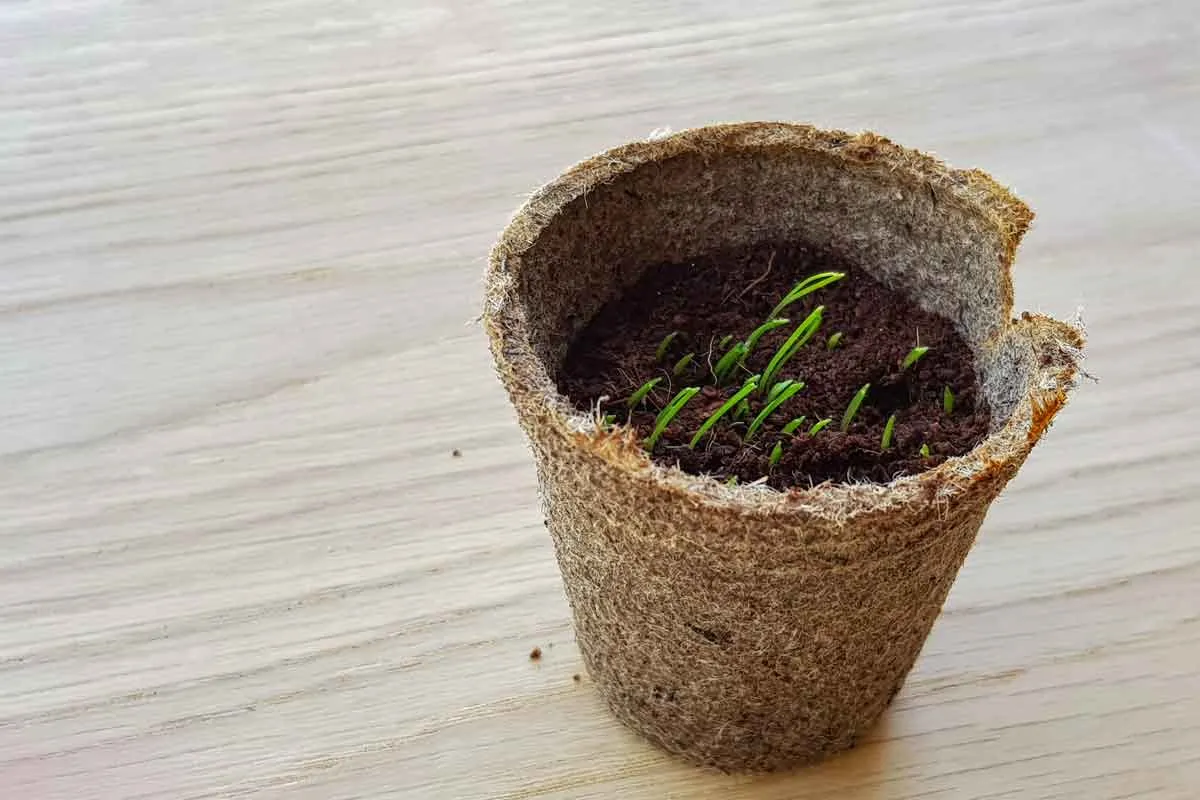
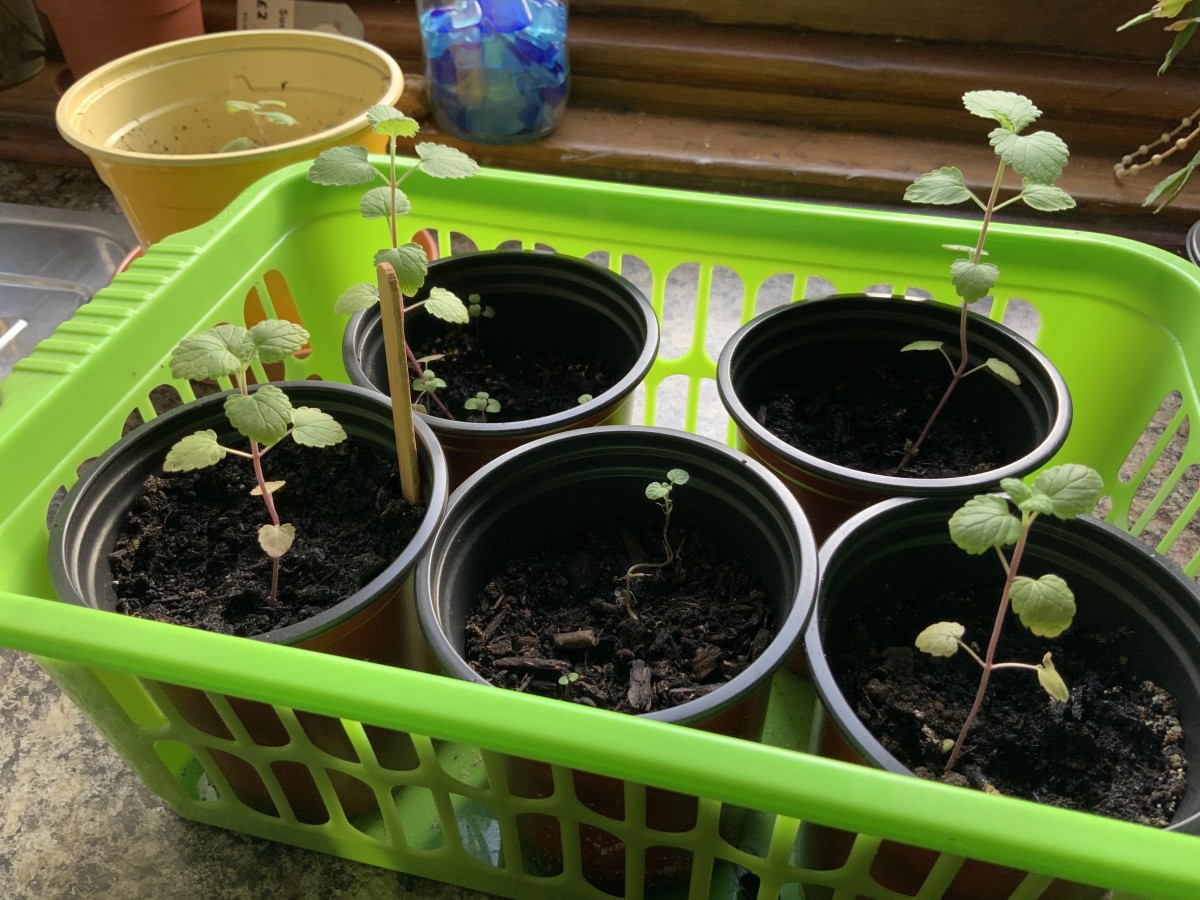
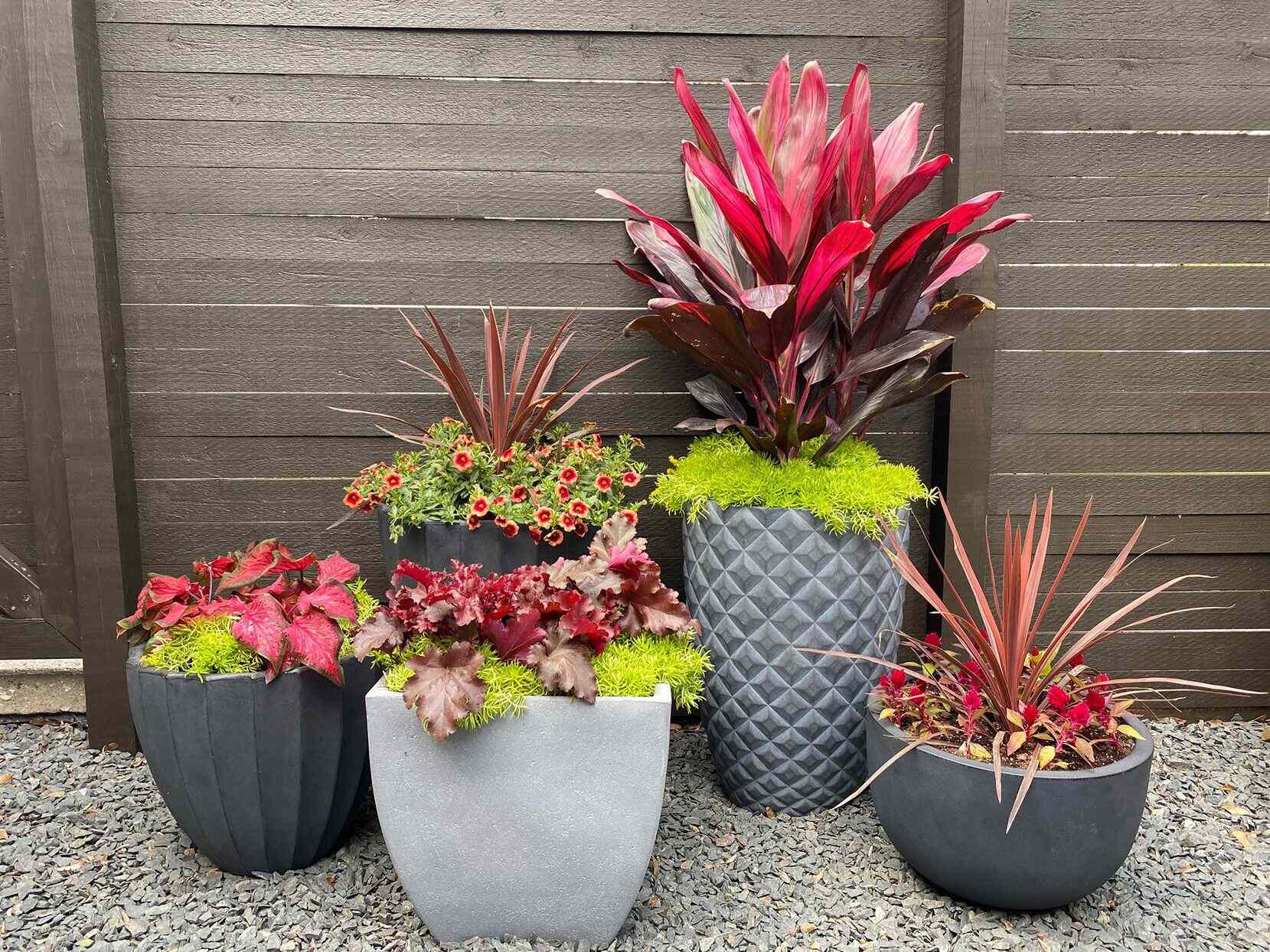
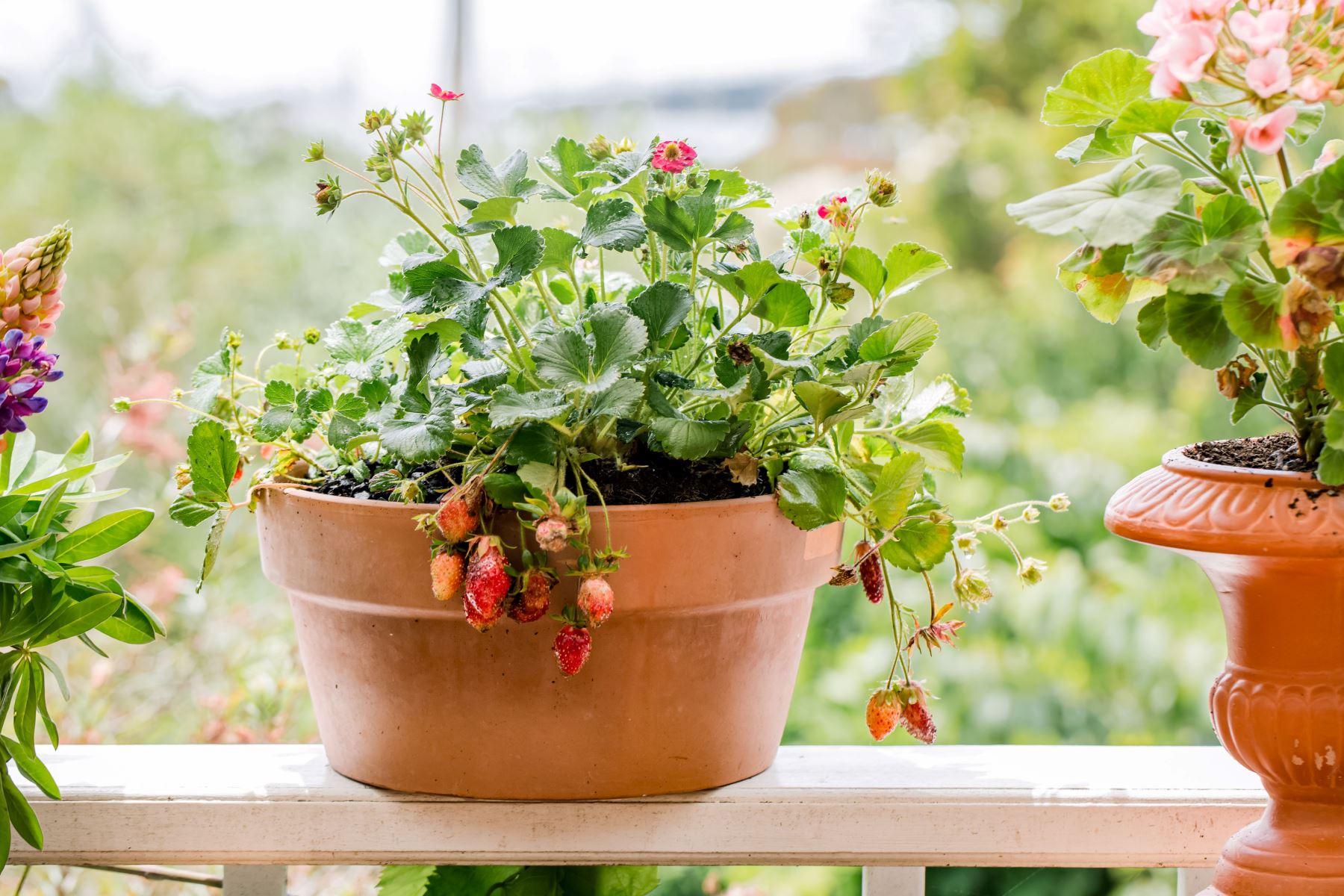
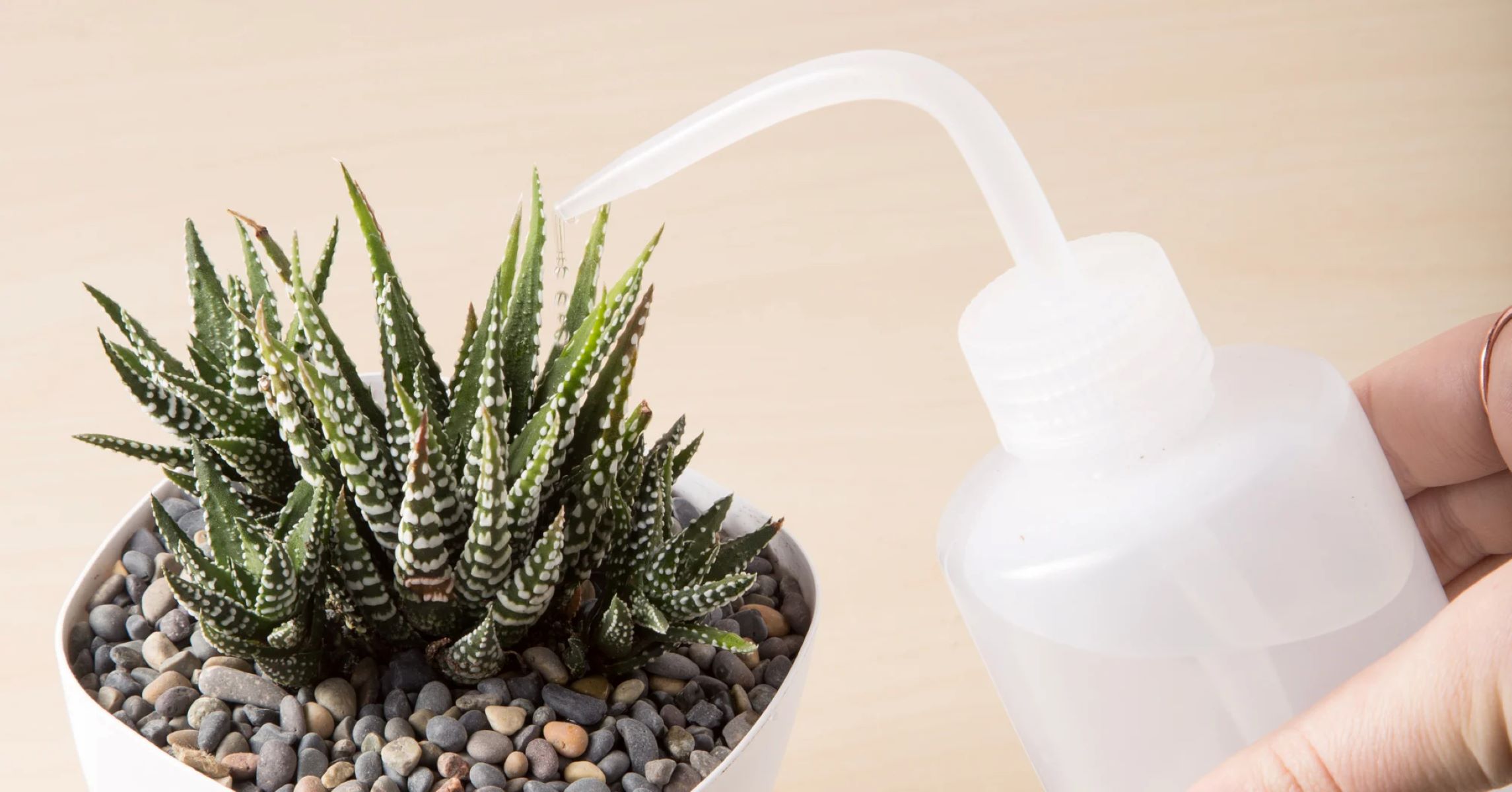
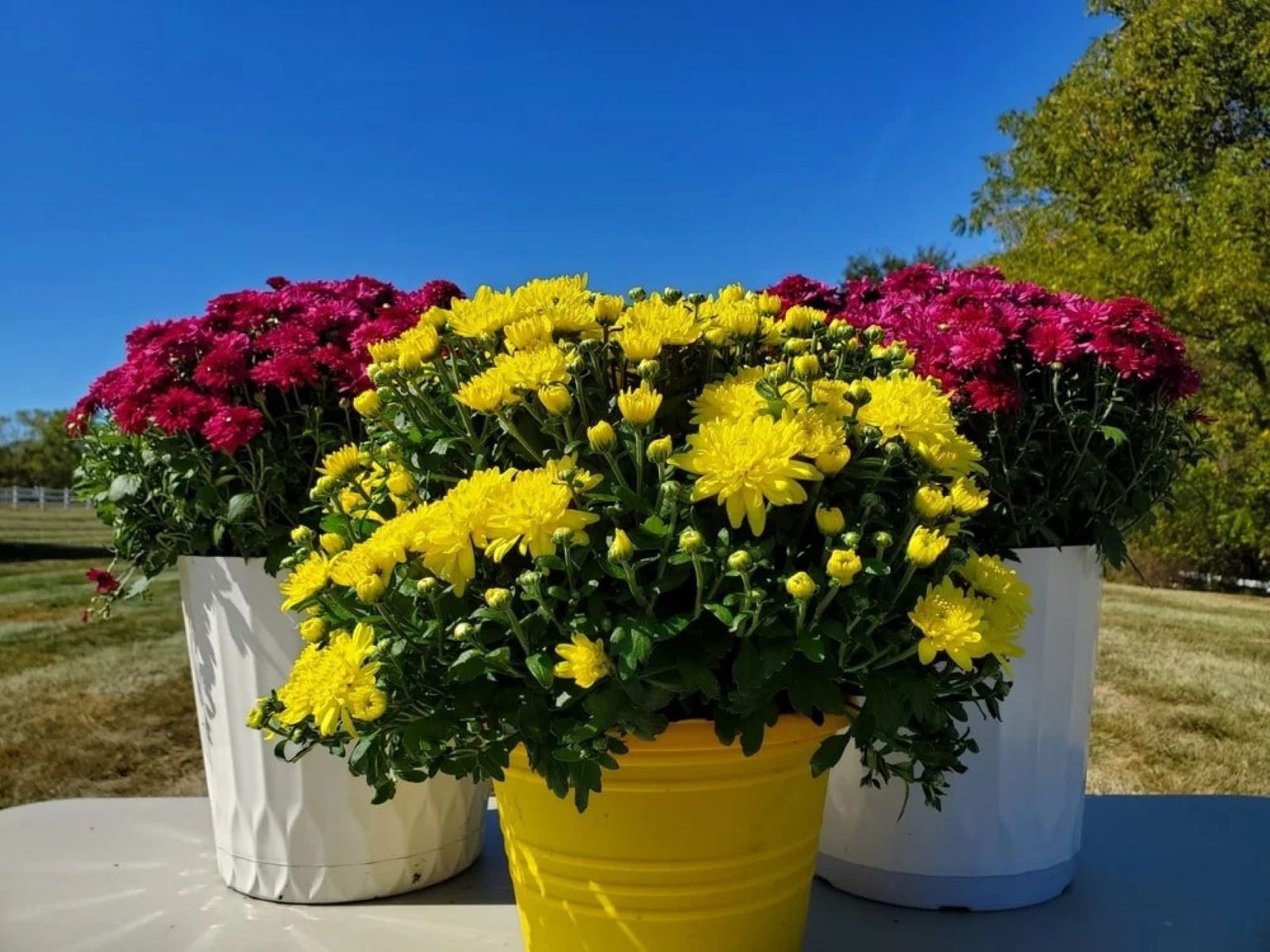

0 thoughts on “How To Plant Outdoor Plants In Pots”